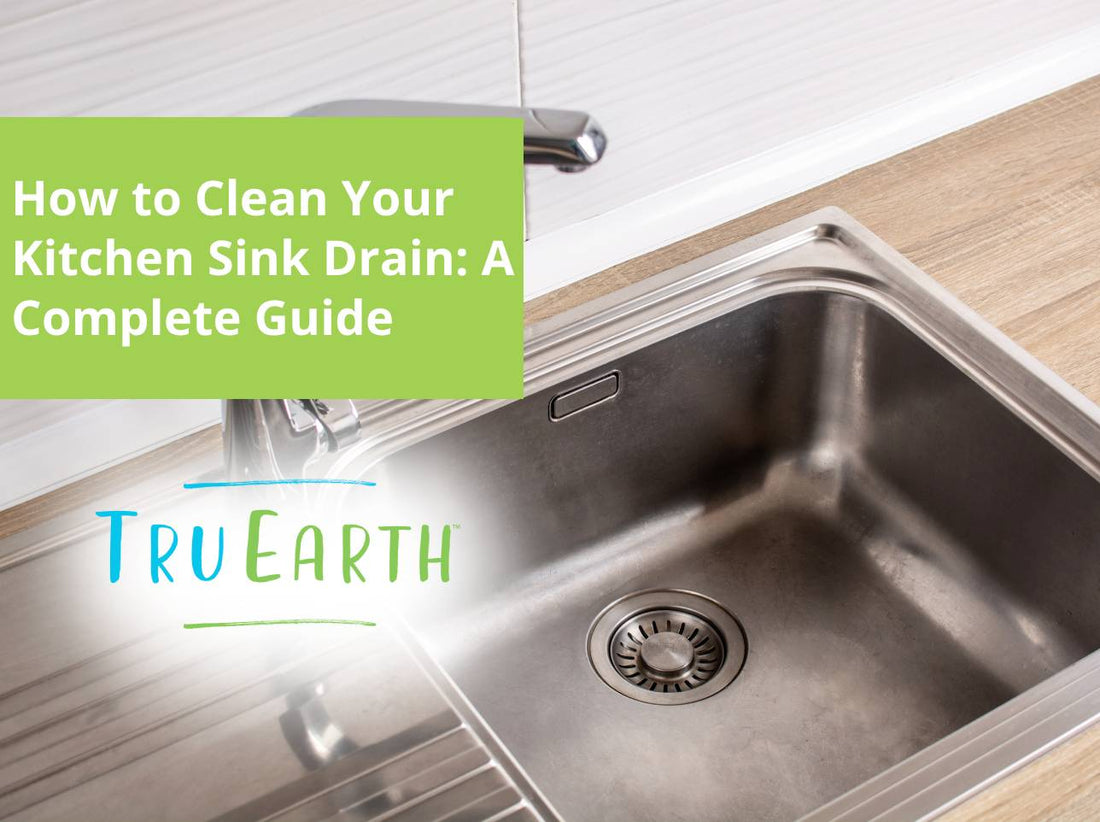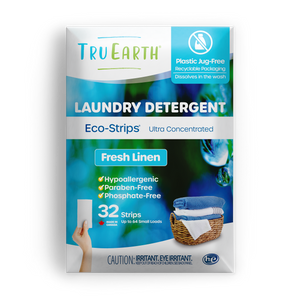A clean and well-maintained kitchen sink drain is essential for a hygienic and efficient kitchen. Over time, kitchen sink drains can become clogged with food particles, grease, soap scum, and other debris, leading to unpleasant odors and slow drainage.
However, with the right tools and techniques, cleaning your kitchen sink drain can be a straightforward and effective process. In this blog post, we will provide you with a step-by-step guide on how to clean your kitchen sink drain thoroughly and ensure it remains fresh and free-flowing.

Why Is Your Sink Clogging?
Sink clogs can occur for various reasons, disrupting the smooth flow of water down the drain. One common culprit is the accumulation of food particles, grease, and other debris that gets washed down the sink over time. These substances can build up and form blockages in the pipes, leading to slow drainage or complete clogs.
Additionally, soap scum, mineral deposits, and hair can also contribute to clogs, especially in bathroom sinks. Another factor that can cause sink clogs is the improper disposal of items like coffee grounds, eggshells, or solid materials, which should be discarded in the trash instead of down the drain. Understanding the reasons behind sink clogs can help you adopt preventive measures and keep your sinks flowing freely.
Gather the Necessary Supplies
Before you begin cleaning your kitchen sink drain, it's essential to gather all the necessary supplies. Here's what you'll need:
- Rubber Gloves: Rubber gloves will protect your hands from coming into direct contact with any debris or chemicals.
- Baking Soda: Baking soda is a natural cleaning agent that helps break down grease and deodorize the drain.
- White Vinegar: White vinegar is excellent for removing mineral deposits and disinfecting the drain.
- Boiling Water: Boiling water helps flush away debris and residue from the drain.
- Plunger: A plunger can be handy for dislodging stubborn clogs.
- Pipe Brush or Flexible Cleaning Brush: A pipe brush or flexible cleaning brush is useful for scrubbing the inside of the drain pipe.
- Bucket or Bowl: A bucket or bowl will catch any excess water and debris.
Remove Debris from the Drain
Start by removing any visible debris or food particles from the kitchen sink drain. You can use your hands or a pair of tweezers to pull out larger pieces of debris. Be sure to dispose of the collected debris in a trash bag.
Unclog the Drain
If your kitchen sink drain is clogged and draining slowly, try using a plunger to unclog it. First, fill the sink partially with water, covering the drain. Place the plunger over the drain and pump it up and down several times. The suction created by the plunger can help dislodge the clog and restore proper drainage.
Clean with Baking Soda and Vinegar
Once you've removed the visible debris and unclogged the drain, it's time to deep clean using baking soda and vinegar:
Step 1 - Baking Soda
Start by pouring about half a cup of baking soda down the drain. Baking soda is a natural cleaning agent that can break down grease and neutralize odors.
Step 2 - Vinegar
After adding the baking soda, follow it up with a cup of white vinegar. The combination of baking soda and vinegar creates a fizzy reaction that helps to dislodge debris and mineral deposits.
Step 3 - Let it Sit
Allow the baking soda and vinegar mixture to sit in the drain for about 15-30 minutes. During this time, the chemical reaction will work its magic, breaking down the grime and debris.
Step 4 - Boiling Water
After the mixture has had time to work, flush the drain with boiling water. The hot water will help wash away any remaining debris and leave the drain clean and clear.
Scrub the Drain Pipe
For a more thorough cleaning, use a pipe brush or flexible cleaning brush to scrub the inside of the drain pipe. Dip the brush in a mixture of hot water and dish soap and scrub the walls of the pipe to remove any stubborn residue.
Prevent Future Buildup
To prevent future buildup and keep your kitchen sink drain clean and fresh, consider implementing the following preventive measures:
- Use a Sink Strainer: Install a sink strainer over the drain to catch food particles and debris before they go down the drain.
- Avoid Pouring Grease: Avoid pouring grease and cooking oils down the drain, as they can solidify and cause clogs.
- Run Hot Water After Use: After using the sink, run hot water for a few seconds to help flush away any remaining debris.
- Regular Maintenance: Perform regular maintenance by cleaning the drain with baking soda and vinegar at least once a month.

Ensuring a Pristine and Clear Kitchen Sink Drain
Cleaning your kitchen sink drain is an essential task to maintain a clean and hygienic kitchen. By following the step-by-step guide and using natural cleaning agents like baking soda and vinegar, you can easily remove debris, eliminate odors, and restore proper drainage to your kitchen sink.
With regular maintenance and preventive measures, you can ensure your kitchen sink drain remains free-flowing and odor-free for a fresh and inviting kitchen environment. So, roll up your sleeves, gather your cleaning supplies, and tackle that kitchen sink drain with confidence!


